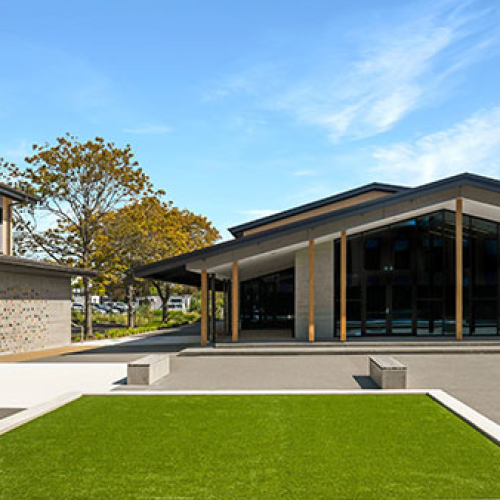
Ways to Ease Anxiety
Information from the Health Centre.
Relaxation/Mauri tau
This resource is for people wanting to use relaxation/mauri tau techniques to improve their wellbeing/whai oranga. Relaxation allows physical and mental tension to be released. Two common types of relaxation techniques are:
First Technique
Breathing out gently releases tension in the chest and other muscles. It is more effective to breathe with your diaphragm (in your abdomen) rather than your chest muscles. Abdominal breathing exercise: sit comfortably in a chair or lie on your back on the floor and place one hand on your chest and the other on your abdomen/puku. Take two or three large deep breaths—notice which hand moves first and which moves the most. Practice so your lower hand on your abdomen moves the most rather than your hand on your chest. Another simple breathing exercise: you can do this simple breathing exercise in a few seconds no matter where you are. It can be done regularly throughout the day, particularly when feeling stressed/tāmitanga. Take a deep, slow breath in and hold it for 5 seconds. Feel your abdomen expand as you do this. Breathe out slowly, to a count of five. Breathe in again, make every breath slow and steady and the same as the one before it and the one after it. As you breathe out, concentrate on expelling ALL the air in your lungs. Keep the out-breath going for as long as you can. Keep relaxed for a few seconds before you inhale again.
Second Technique (This one is really good if you have difficulty getting off to sleep)
Progressive muscle relaxation You can use progressive muscle relaxation (PMR) to relax each part of your body by tensing and then relaxing the muscles in that area. When we tense muscles and then relax them, they become more relaxed than they were to start with. Practice PMR by following the instructions below (record them and play them back if you like).
Close your eyes. Feel the surface you are resting on support your whole body—your legs, your arms, your head. If you feel any tension, begin to let it go. Take two slow and deep breaths, in and out, and as you breathe out, let the tension begin to flow out. Become aware of your head—notice how your forehead feels. Tense the muscles in your forehead for a few seconds and then let any tension go—feel your forehead become smooth and wide. Close your eyes tightly, then release them, relaxing the muscles around your eyes. Clench your jaw for a few seconds, then release it, letting the tension go from your mouth, cheeks, and jaw. Let your teeth part slightly as the tension goes.
Now focus on your neck and shoulders. Lift your shoulders and tense all the muscles in your neck and shoulders. Hold them tense for a few seconds and then release them. Let your neck lengthen as it relaxes, and your shoulders will gently lower down as they relax. Be aware of your arms and your hands. Clench your fists and press your arms hard against the surface you are resting on for a few seconds. Now let your hands relax, and your arms sink down comfortably. They may feel heavy and limp.
Notice how your body feels as you begin to relax. Be aware of your back – from your neck to your hips. Tense all these muscles for a few seconds, and then let them relax. Feel yourself sinking down into the chair Next tense your feet and legs, pressing them for a few seconds against the surface you are resting on. Now release and let your hips, legs, and feet relax and roll outwards. Notice the feeling of relaxation taking over. Notice your breathing—your abdomen gently rising and falling as you breathe. Let your next breath be a little deeper, a little slower. Now, allow yourself to feel completely relaxed and heavy. Lie or sit still and concentrate on slow, rhythmic breathing—when you want, either stretch and get on with the rest of your day OR you may have already fallen asleep.
Extra Support as times are tough at the moment!
The Anxiety Helpline can guide you through relaxation and breathing techniques | 0800 269 4389
Aunty Dee is an online tool to help you work through problems and generate ideas and find solutions. Although aimed at young Pacific and Māori people aged 14 to 25 years, anyone can use the tool. | https://www.auntydee.co.nz
Staying on Track is an e-therapy course that teaches practical strategies to cope with stress and disruption of day-to-day life | https://www.justathought.co.nz
